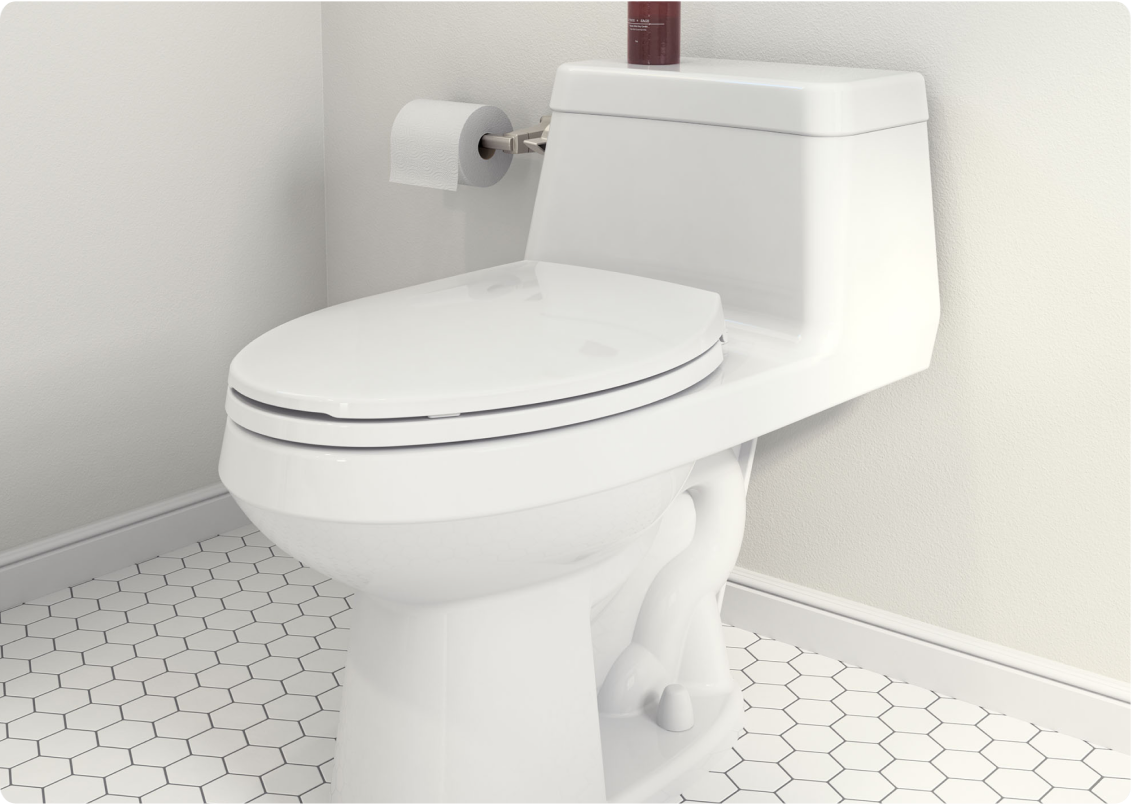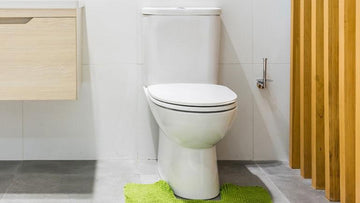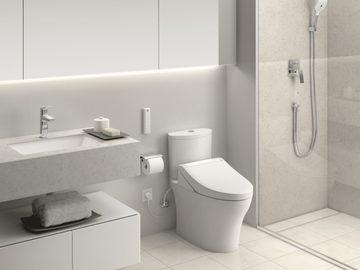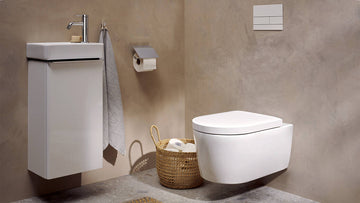With the increasing emphasis on sustainable living and water conservation, low-flow toilets have gained significant popularity. However, a common question that arises is, are low-flow toilets clog-prone? This concern is not unfounded, especially considering their design to use less water per flush. In this article, we will delve into the intricacies of low-flow toilets and explore whether they are more susceptible to clogs than traditional toilets.

Understanding Low-Flow Toilets
Low-flow toilets are designed to use significantly less water than conventional toilets. According to the Environmental Protection Agency (EPA), these toilets use a maximum of 1.6 gallons per flush, compared to older models that can use up to 5 gallons. This reduction in water usage is a major step towards water efficiency and conservation, making low-flow toilets an attractive choice for environmentally conscious individuals and businesses.
How Do Low-Flow Toilets Work?
Low-flow toilets achieve their water efficiency through improved design and technology. They often incorporate features such as gravity-fed systems or pressure-assisted mechanisms to ensure efficient flushing with less water. These advancements in toilet technology aim to maintain effective waste removal while minimizing water usage.
Are Low-Flow Toilets More Prone to Clogs?
The main concern with low-flow toilets is whether their reduced water usage leads to increased clogging issues. It's important to understand that while low-flow toilets use less water, they are engineered to perform as effectively as traditional models.
That said, there can be instances where low-flow toilets may experience clogging issues, but these are usually linked to improper use or installation rather than the toilet's design itself. For example, flushing non-biodegradable items or excessive amounts of toilet paper can contribute to clogs in any toilet system, not just low-flow models.
Common Misconceptions About Low-Flow Toilets
One of the prevailing myths is that low-flow toilets do not have the flushing power to clear waste effectively. However, modern low-flow toilets are tested rigorously to ensure they meet performance standards. Many users have reported that with proper maintenance and usage, low-flow toilets perform as well, if not better, than traditional models.
Benefits of Low-Flow Toilets
The benefits of low-flow toilets extend beyond just water conservation. By reducing water usage, these toilets contribute to lower water bills and help in conserving water resources, which is crucial in areas prone to droughts or water shortages. Additionally, using less water means less wastewater treatment, reducing the environmental impact.
Furthermore, for those interested in reducing toilet water usage, low-flow systems are an excellent starting point. They align well with the goals of minimizing household water consumption, as discussed in this guide on reducing toilet water usage.
Choosing the Right Low-Flow Toilet
When selecting a low-flow toilet, it's essential to consider factors such as the toilet's flushing technology, brand reputation, and customer reviews. For guidance on choosing the best flush system, refer to this comprehensive guide.
Additionally, understanding the difference between dual-flush and single-flush toilets can help make an informed decision. Dual-flush toilets offer the flexibility of choosing between a half or full flush, further enhancing water savings. For more insights, explore the benefits of dual-flush vs single-flush toilets.
Maintenance Tips for Low-Flow Toilets
Regular maintenance is key to ensuring the optimal performance of any toilet system. For low-flow toilets, this includes periodic checks for leaks, ensuring the proper function of the flush mechanism, and avoiding flushing items that could cause clogs.
Many homeowners find that investing in water-saving toilet innovations can significantly reduce the likelihood of clogs and improve performance. In 2025, advancements in toilet technology continue to emerge, enhancing both efficiency and user satisfaction. To learn more about these innovations, check out this article on water-saving innovations.
Conclusion
In conclusion, the question are low-flow toilets clog-prone is often based on misconceptions. While low-flow toilets use less water, they are designed to function effectively and efficiently. Proper usage, maintenance, and selecting the right model can mitigate any potential clogging issues. As we move towards a more sustainable future, low-flow toilets play a crucial role in water conservation and reducing environmental impact.

FAQs
Are all low-flow toilets the same?
No, low-flow toilets vary in design, technology, and performance. It's important to research and choose a model that suits your specific needs and preferences.
Can I convert my existing toilet to a low-flow model?
Yes, there are conversion kits available that can help reduce the water usage of standard toilets. However, for optimal performance, consider investing in a new low-flow toilet designed specifically for efficient water usage.
Do low-flow toilets require special maintenance?
Low-flow toilets do not require special maintenance beyond regular cleaning and occasional checks for leaks or other issues. Ensuring proper use and avoiding flushing inappropriate items will help maintain their performance.






